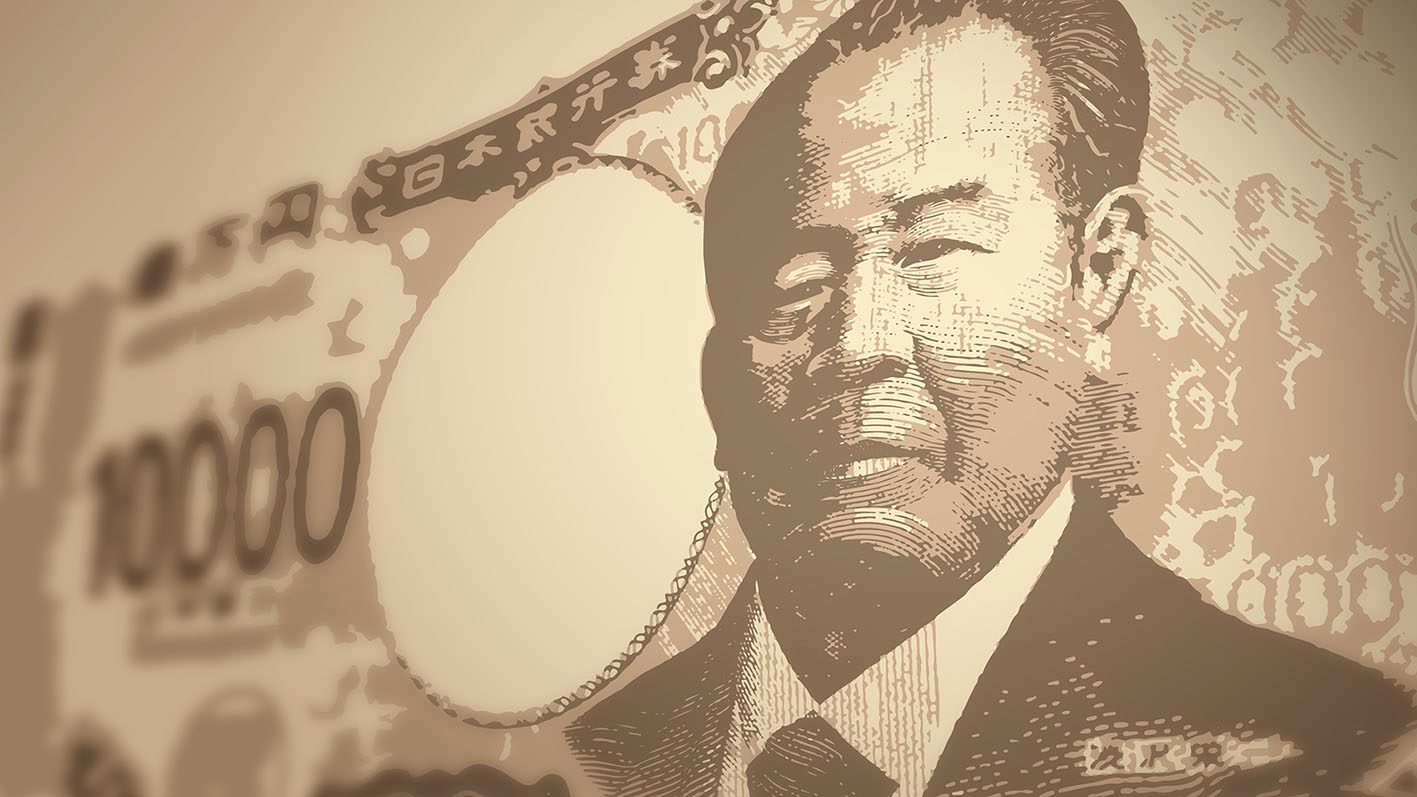Copyright GK Dynamics Inc., All Rights Reserved.

Copyright GK Dynamics Inc., All Rights Reserved.



For the first time in the last 20 years, new yen notes were introduced in Japan. Each of the three different banknotes (10,000, 5,000- and 1,000-yen bills) carries a portrait of a prominent figure on it: Shibusawa Eiichi (business leader) for 10,000-yen bill, Tsuda Umeko (educator) for 5,000-yen bill and Kitasato Shibasaburo (bacteriologist) for 1,000-yen bill. Each of them is said to have exerted enormous influences on the development of modern Japanese society.
Looking back on the history of Japan’s banknotes reminds us of the fact that most of them, including newly issued three bills, carry portraits of cultural figures such as Fukuzawa Yukichi and Natsume Soseki. Shotoku Taishi, or Prince Shotoku in the seventh century, once made his appearance on the 10,000-yen note. Meanwhile, in the United States, former Presidents and founding fathers of the nation, such as George Washington, Abraham Lincoln and Benjamin Franklin, are depicted on the bills.
Different nations have different histories. So, it’s only natural that portraits on the bills are selected from quite different viewpoints. Figures on the notes provide a glimpse into the nation’s history. In this age of spreading cashless buying practices, isn’t it interesting to think about banknotes from a fresh perspective?
Ikuya Taguchi
CMFG Design Dept.
Unit Leader